I’m a little obsessed with gardening at the moment. I love every part of it–researching and learning a new craft, caring for and tending to living things, spending more time outside, and reaping either the visual or edible rewards from what I’m growing. While I’m learning more and more every day, I still consider myself a novice gardener. Maybe once I’ve made it through a growing season without prematurely killing all of my new plants, or maybe once I can make a salad with 100% self-grown ingredients, I’ll have earned the title of Advanced Beginner. I’m writing today’s post from one novice gardener to another, with the hopes of encouraging you to try at least one gardening project this spring and summer that you wouldn’t normally have taken on. While I’ve personally invested plenty of money into this hobby, the great thing about gardening is that it can be done on pretty much any budget, and it can even be done inside.
Start small. If this is your first growing season or the first year you’ve decided to garden with intent, that’s great. My suggestion for you is to start small. Pick one project that you can see through the whole year. When you focus on one thing, you learn more and you have the time to notice the little signs that the plant will give you. If you start too big or with too many garden projects, your hobby might move from a fun weekend activity you can do once a month to a chore that sucks up every free moment, potentially stealing the joy from it.
Below is a list of a few smaller projects that you may want to consider starting with.
Suggested first-time gardening projects
- Houseplants are a wonderful place to start small, especially if you live somewhere that doesn’t have any outdoor space. The Sill, a houseplant e-tailer that I’ve spent hours perusing, even has a category specifically for beginner gardeners.
- Create a welcoming front door container design. This is a high-value project and can be as simple or elaborate as you’d like. For a low-maintenance option, try using boxwoods or flowers that you swap out every month or so. Containers are especially great if you’re renting; no sense in investing in something you can’t take with you when you move.
- Grow something from seeds. Herbs are super easy to grow from seeds and they transplant well into the garden.
- Grow 1-3 vegetables or herbs. You can even grow some vegetables in containers and mix in herbs around them.
Grow things you love and start with a very clear purpose The only exception to the “start small” recommendation is if you are extremely determined to make one particular thing happen. From my experience, that determination may arise out of a love for a particular plant. For instance, a vegetable garden is one of those things that could be done by a determined beginner gardener. It’s also a project with a very clear end goal to it: create vegetables that you can harvest, then eat. This obvious goal will help create that extra motivation necessary to accelerate knowledge and increase dedication.
Understand what works in your growing region. When Julia announced that I would be doing this post, most of the questions we received were great, but very specific to individual situations and growing regions. While I can’t answer all of those questions, the answers to every one I received is a few Google searches or YouTube videos away. Make sure to use these important resources during your gardening journey.
Pay attention to soil, sunlight, and water. At its core, gardening is all about these three things. When you buy a plant, nearly every single one comes with instructions for soil, sunlight, temperatures/growing region, and watering. Make sure to use these instructions–I actually save all of the little tags from previous plantings. Most of the time, just remembering the name of the plant can be hard, but once you have the name, it’s easy to conduct further research for its specific needs.
Soil -To the beginning gardener, soil can be a confusing topic. I understand why–on a recent trip to Lowe’s, I think I counted over 30 types of soil, compost, mulch, rocks, and sand. That’s a lot of choices. To simplify, soil is all about nutrients, drainage, and moisture retention. If you are planting in containers, like pots, look for potting or container mixture. This mix is meant to hold in moisture without getting too waterlogged, and it has enough nutrients for that specific set-up.
Sunlight – Maybe the most common sense of gardening basics, it’s important that you don’t try to fight the lighting scenario that you have. While I would have preferred to plant my vegetable garden in the backyard, we have tall trees back there that create too much shade for the full sunlight required to properly grow most vegetables. If you have a spot in mind, study the sunlight over the course of a sunny day, and then do some research on what will work in that spot. On the flip side, you can also start with a plant in mind and then determine where in your space it would be most likely to thrive.
Water – From succulents, to hydrangeas, to trees, all plants need a certain amount of water. Make sure to read the watering instructions for every plant you have. As temperatures increase, their water needs will also increase, so adjust accordingly for each season. If you can, automate your watering. It’s far easier to set up a watering system and then adjust the amount of water using a timer than it is to make sure each plant gets hand-watered. This tip applies especially if you have too many plants to water on your own every day. For houseplants, automation is a little trickier. Determine a watering schedule and take 10-15 minutes to water your houseplants consistently. For smaller plants, you can bring them to the sink, water them, let them sit and drain for a bit and then put them back in place. It’s important that most plants don’t sit in a puddle of water and they have the proper drainage.
Keep learning. Maybe it’s just my personality, but one of the things I love about hobbies is that they offer nonstop opportunities for learning. With that added knowledge and skill come greater rewards. Here are some of the resources I use for continuing my gardening education.
Books – I leave gardening books scattered around the house. When I have a question, I go right to the appropriate one to see if I can find an answer. My favorite books so far have been Rodale’s Basic Organic Gardening and Square Foot Garden.
Gardening websites – An excellent source of gardening gear and information is Gardeners.com.
YouTube – Gardeners are passionate people and they love to talk gardening and share their knowledge. Luckily, YouTube is a great source for both short and long-form video about gardening.
Monty Don’s Big Dreams, Small Spaces – Available on Netflix, this is our favorite gardening show–in each episode, British gardening expert Monty Don helps normal people work on gardening projects that take them an entire year to complete. Along the way of helping them achieve their garden dreams (often on tiny budgets), he does an excellent job teaching about how to analyze what makes a garden great.
Experts at your local nursery- I’m the first person to prefer to read books and website before asking a real-life human in person for help, but any good local plant nursery will have someone on hand that can share a wealth of knowledge. One of the best parts about them is they can give you advice catered to your local growing region.

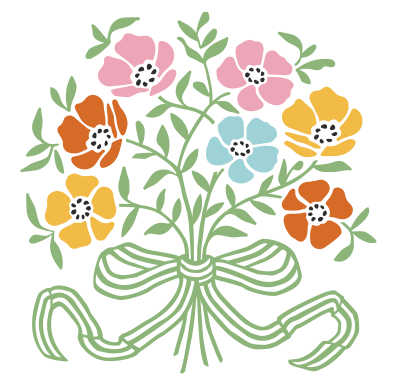
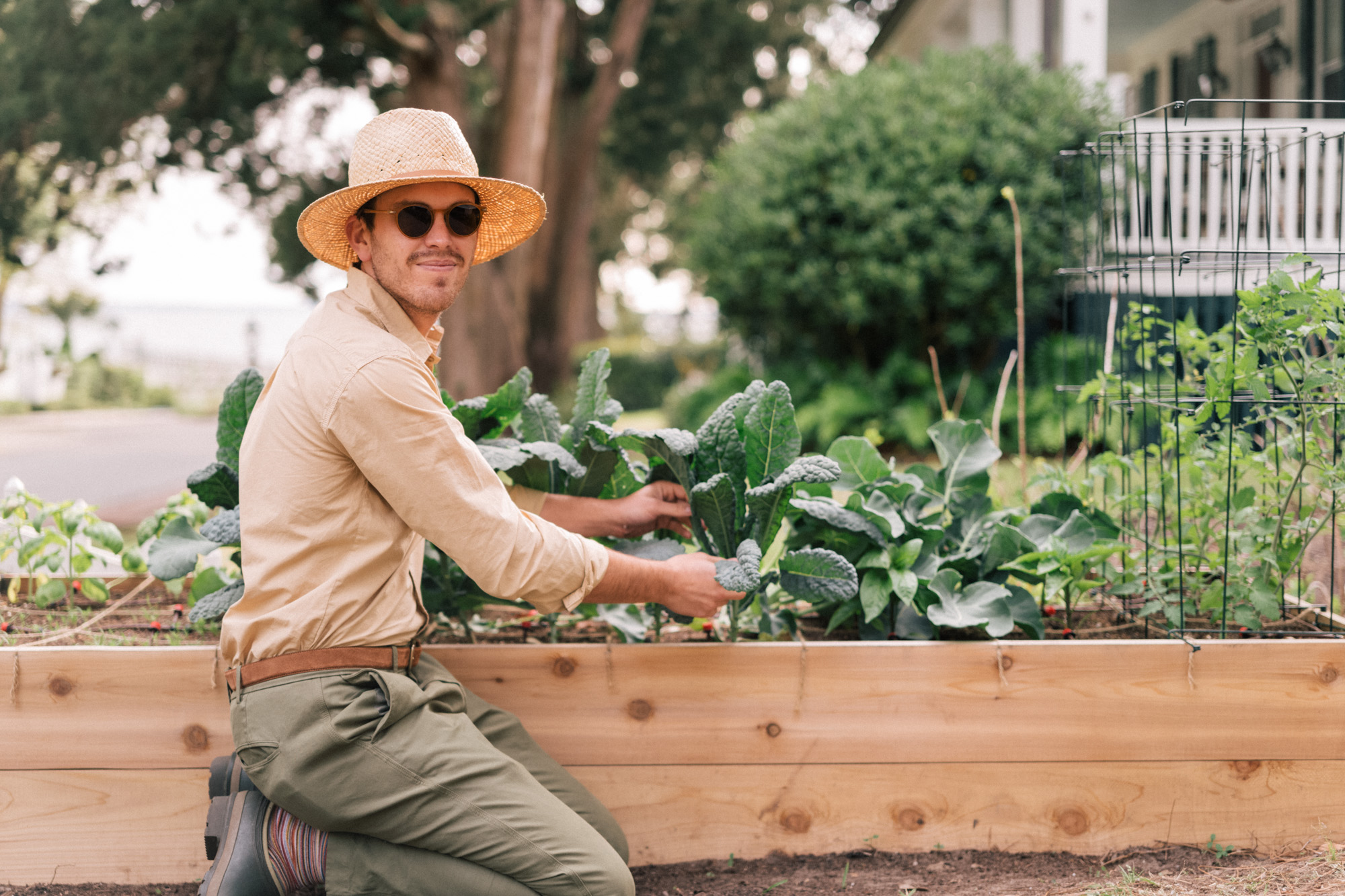
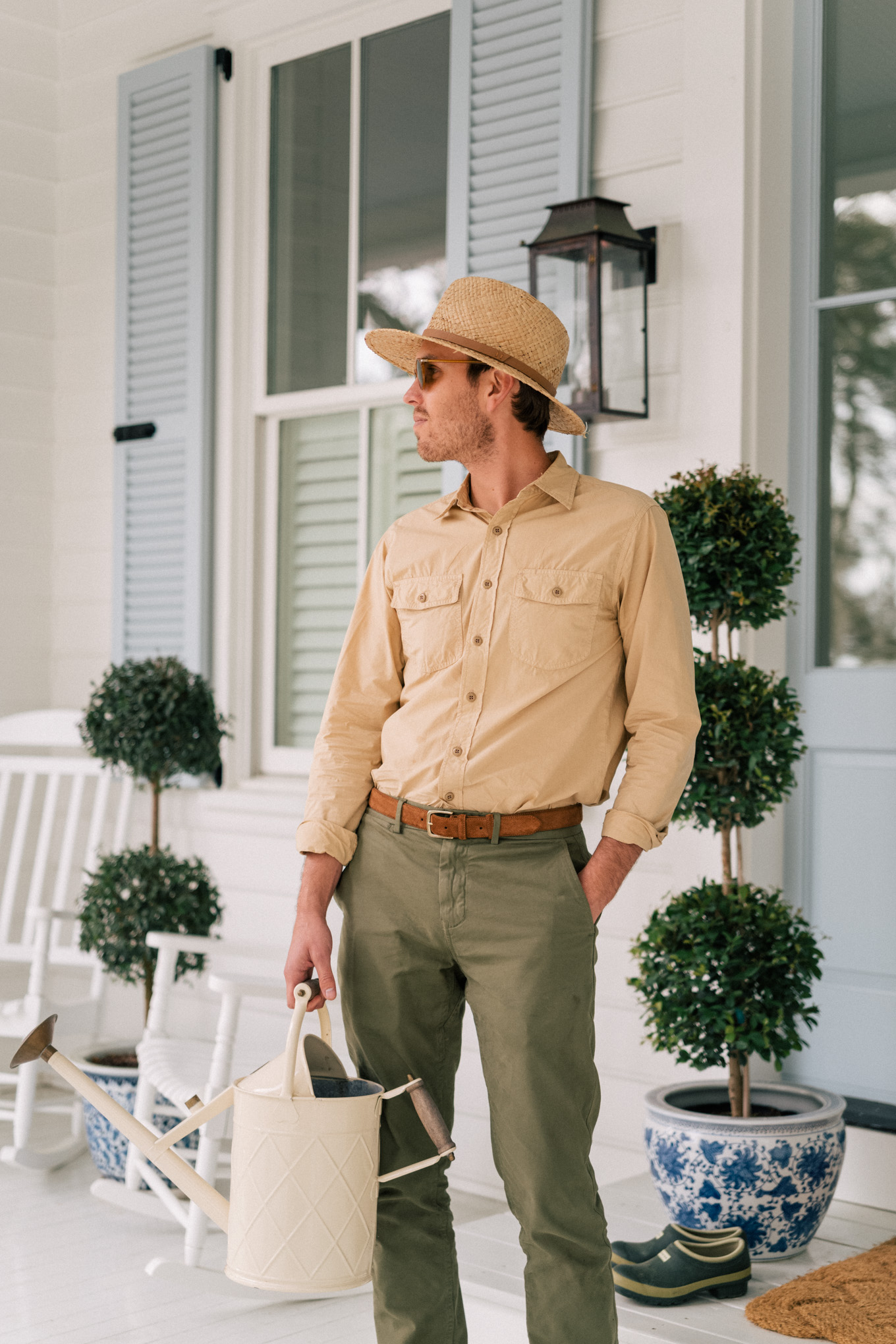
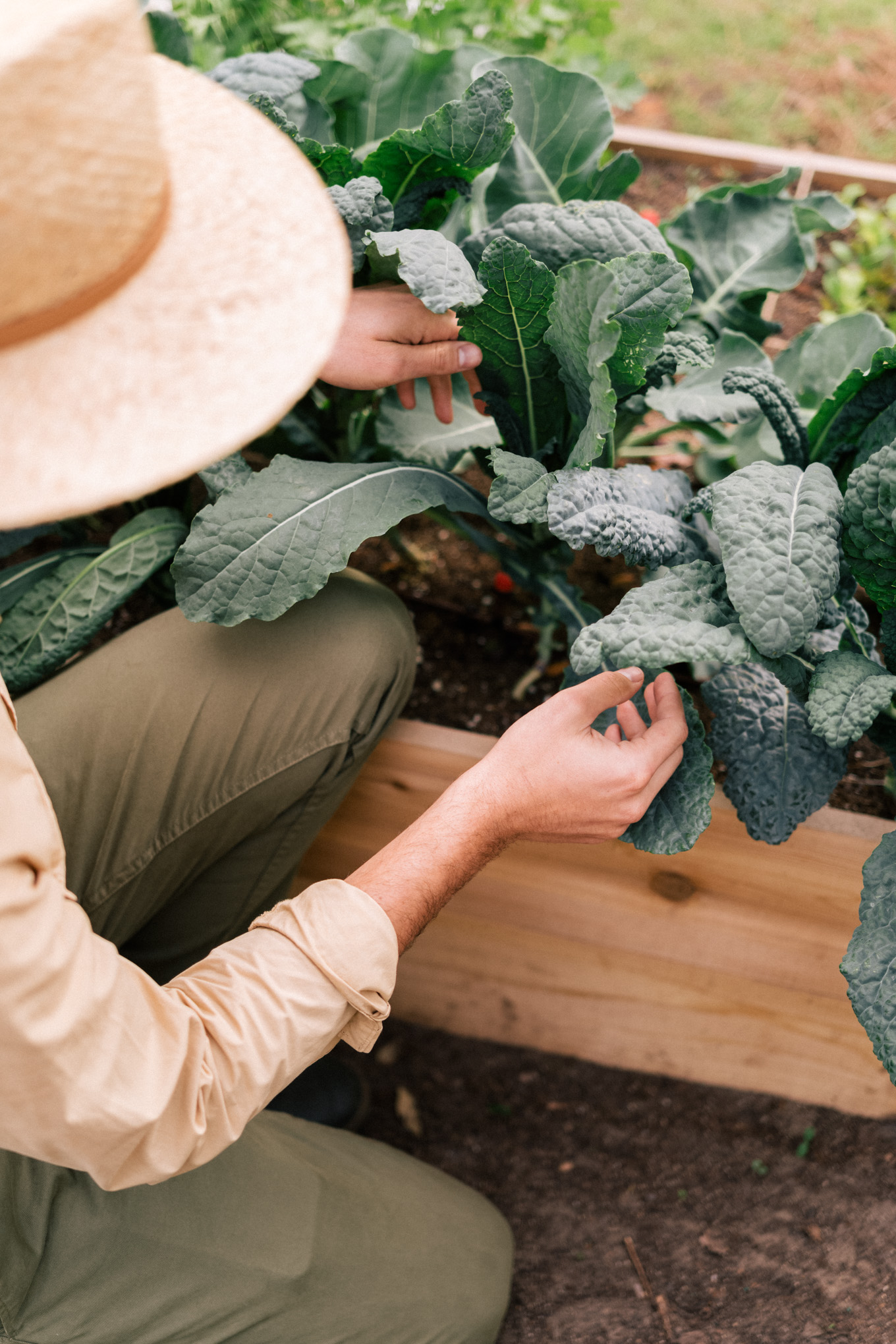
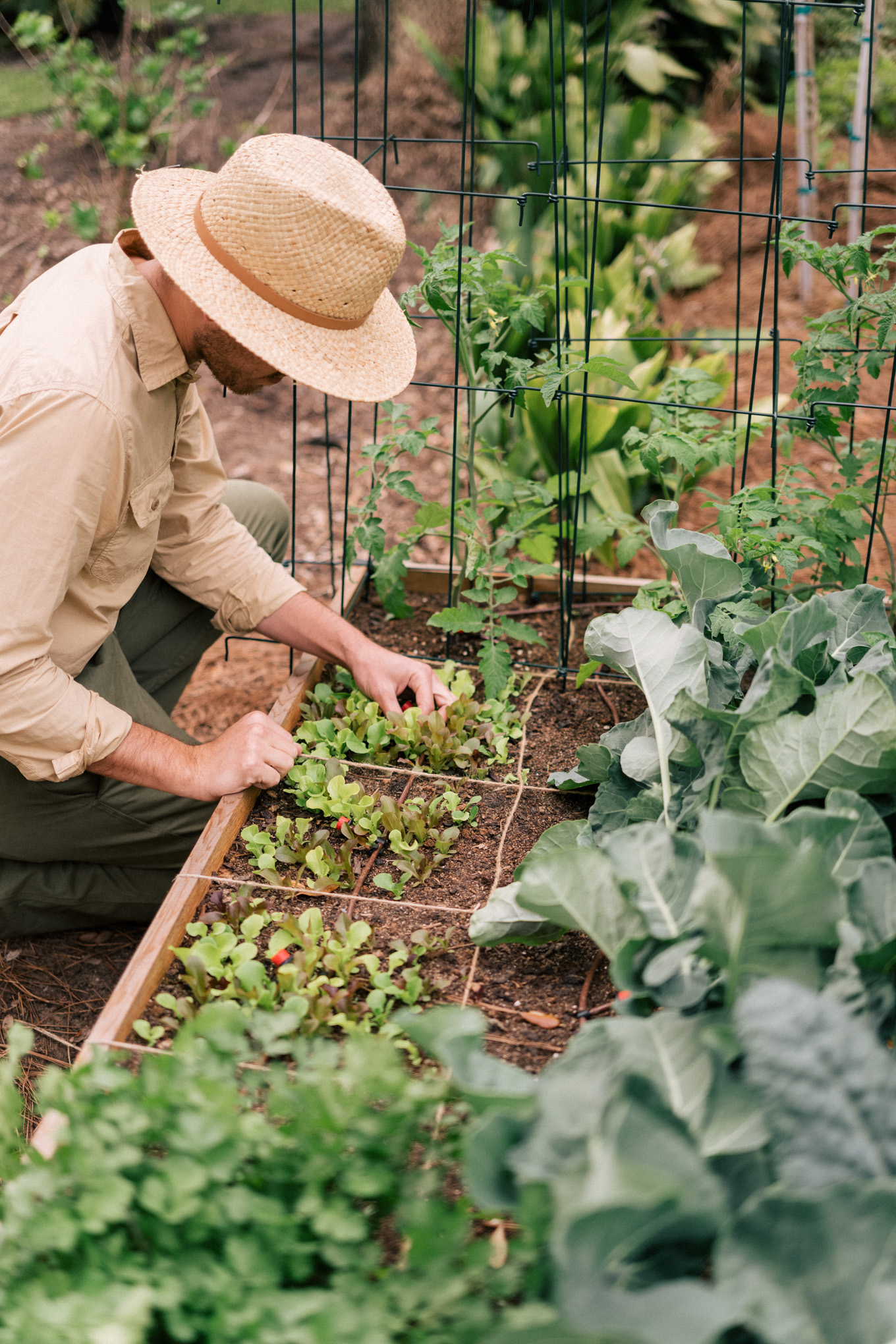
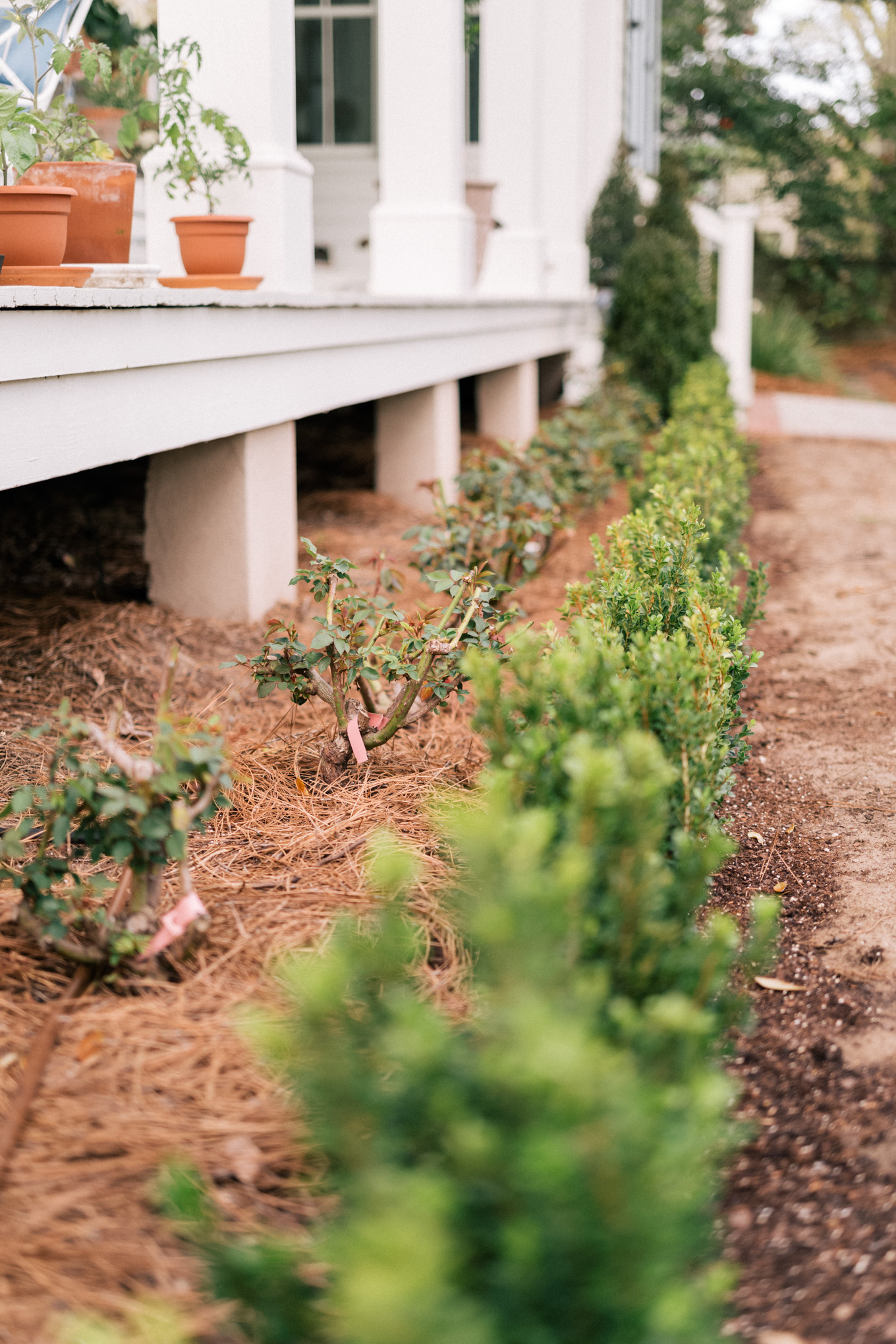


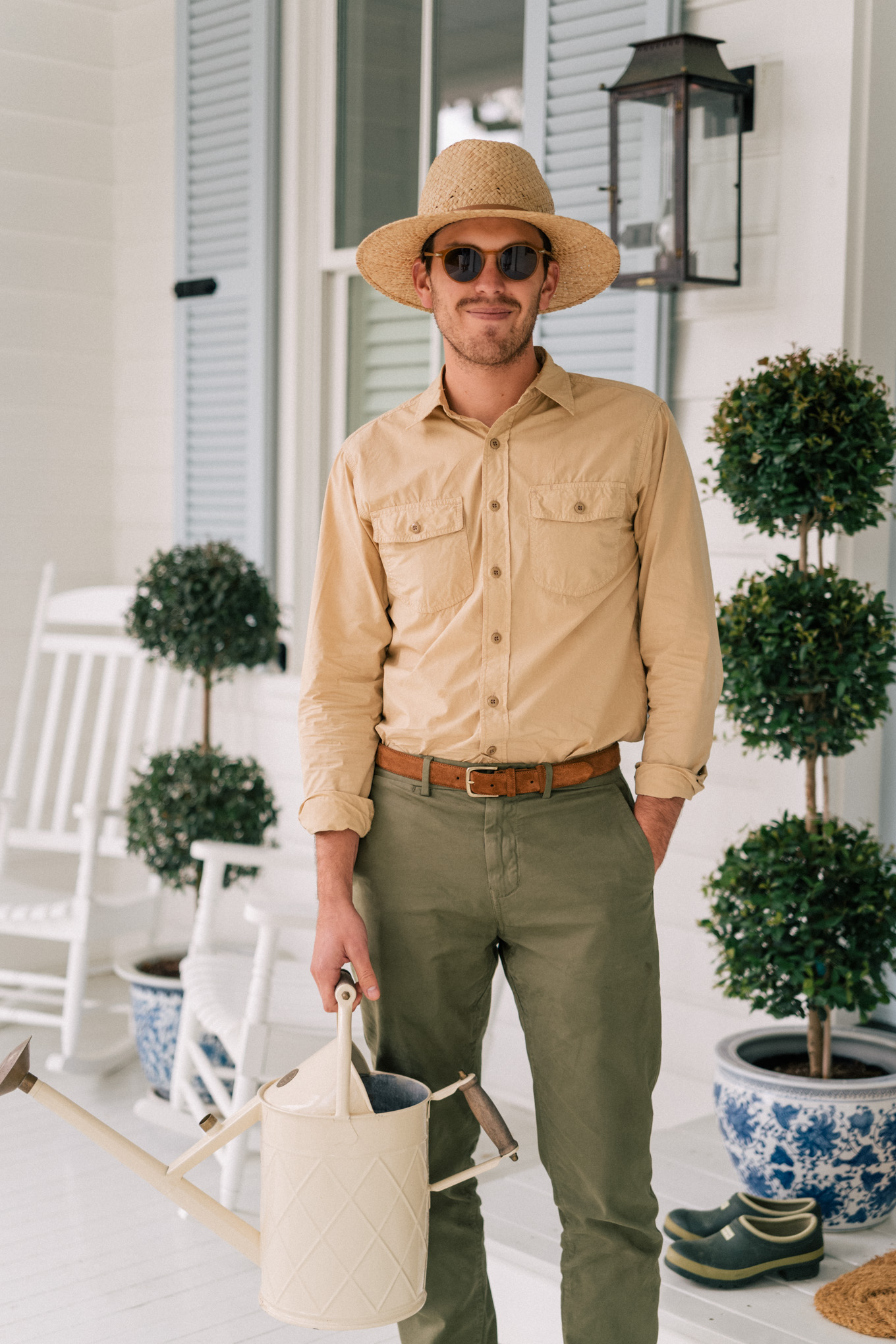
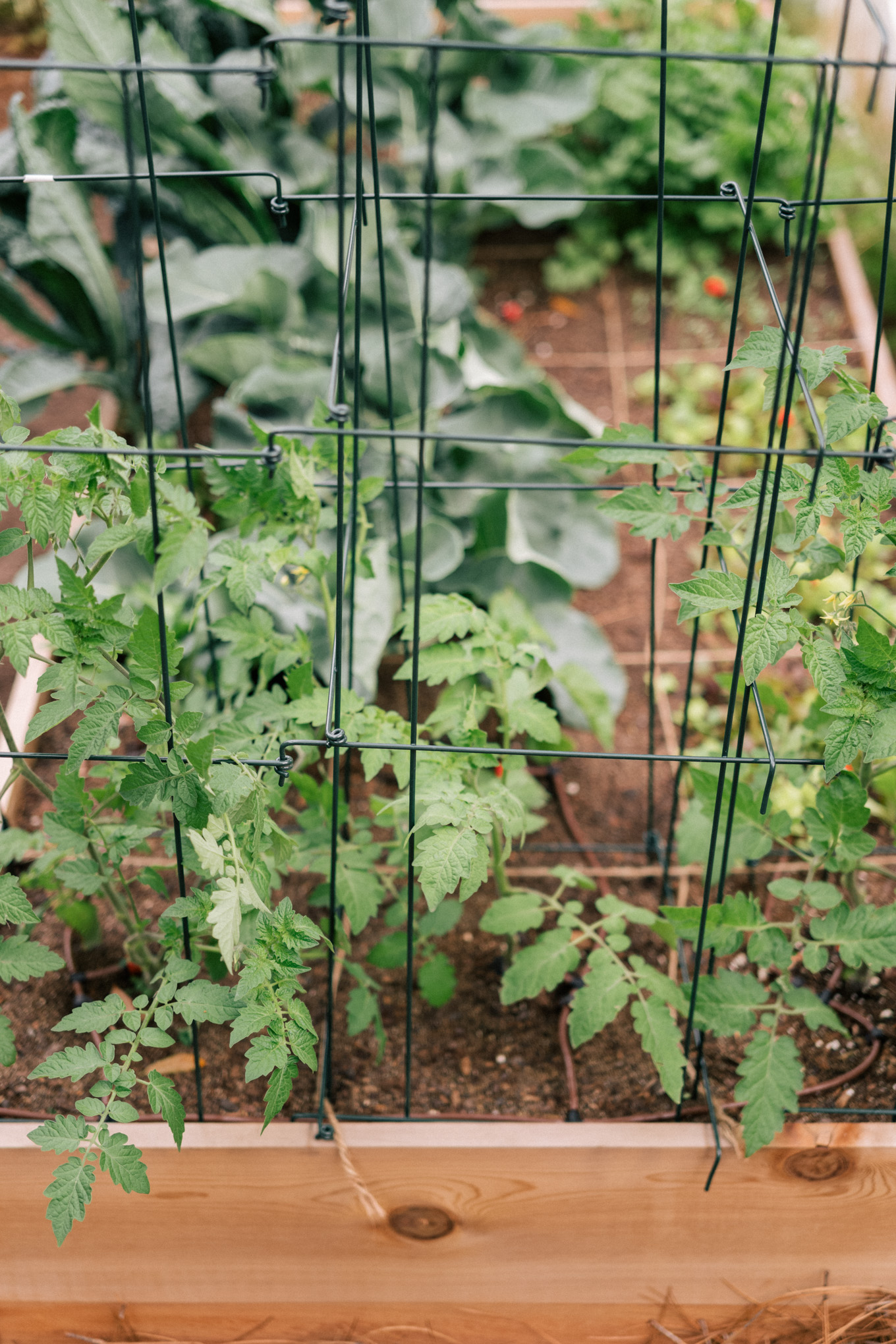

 We have reimagined our brand and blog for a better future. Stay in the know.
We have reimagined our brand and blog for a better future. Stay in the know.